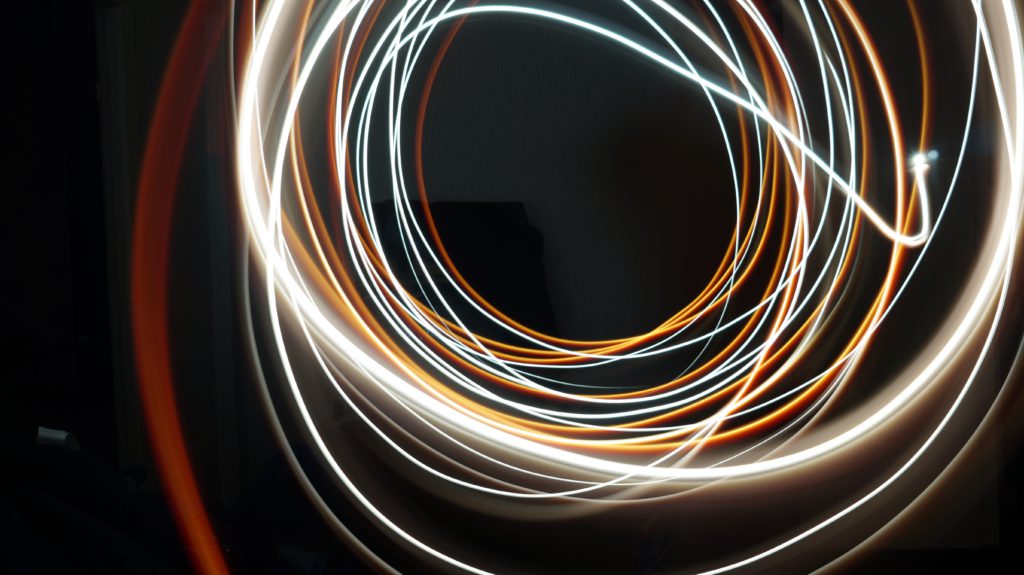Scientists from the University of Cambridge led the development of the next generation of smart lighting. They did this by using nanotechnology, colour science, advanced computational methods, electronics, and a unique fabrication process. From quantum dots, they make smart devices that can make white light in different colours.
Scientists could make daylight more like real life if they used more than the three main colours of light that are mostly used in LEDs. When the system was put to the test, it showed good colour rendering, a wider range of operation than current smart lighting technology, and a wider range of white light customization.
Since the 1990s, scientists and engineers have been studying and making quantum dots into light sources because of how pure their colours are and how easily they can be changed. Because of their unique optoelectronic features, they have great colour performance in both wide colour control and high colour rendering.
Scientists made an architecture for quantum-dot light-emitting diodes (QD-LEDs) based on the next generation of bright white lighting. They did this by using device-level optoelectronic simulation, material-level parameter extraction, and system-level colour optimisation.
They used a colour optimisation algorithm for neural networks in machine learning and a new method for modelling charge transport and light emission to make a computational design framework.
